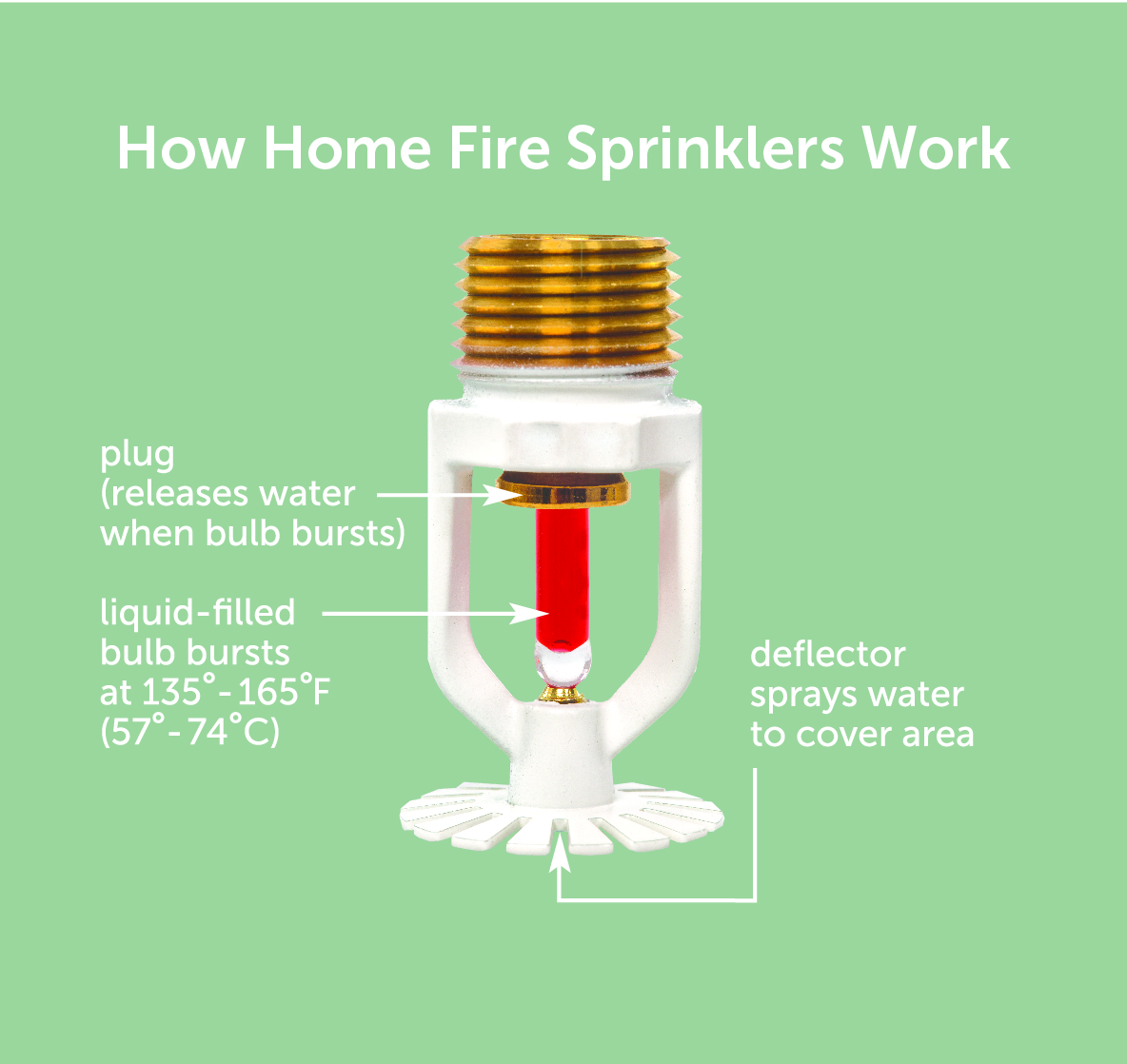Welcome to the HFSC blog, a series intended to increase the understanding of home fire sprinklers in Canada. Each month, we’ll cover a specific topic, and we invite readers to provide feedback and suggestions for future posts.
Why are residential fire sprinklers a hot topic? Quite simply, fires are more ferocious than they were 30 or even 20 years ago. The nature of our home contents, the amount of stuff (fuel load), and open-concept layouts cause fires to burn hotter and faster than ever before.
In the past, a home became untenable in 10 or more minutes from the start of the fire. Now, occupants have less than 90 seconds from the activation of the smoke alarm to safely evacuate.
Demographics are also a factor in discussions about home-fire sprinklers, as we encourage seniors, many of whom have mobility challenges, to live in their homes as long as possible. Residential sprinklers provide occupants more time to get out of a burning home, and allow firefighters to safely enter.
According to Canada’s National Fire Incident Database, there are fewer residential fires than there used to be because of codes and standards, education about fire prevention, and early detection; however, more of the fires that do occur are fatal.
The installation of residential fire sprinklers in new home construction is an option for home buyers and developers that can reduce risk and save lives.
What about cost? The price to install these systems has decreased as more jurisdictions mandate sprinklers. Prices on a par with other builder upgrades that can be offset by reduced insurance premiums.
For builders and developers, there are incentives that can offset the cost. For example, developers can construct longer cul-de-sacs, maximize in-fill opportunities, and use pre-engineered floor systems if homes are equipped with sprinklers.
What about water damage and other misconceptions about sprinklers? These subjects will be addressed in future posts.
The timing has never been better to open a dialogue about residential fire sprinklers in Canada. Join me in on this blog journey as we discuss in detail many aspects of residential fire sprinklers. If you have comments, questions or suggestions for future posts, please send them to: [email protected].
Sean Tracey, FIFireE
Deputy Chief (retired)

